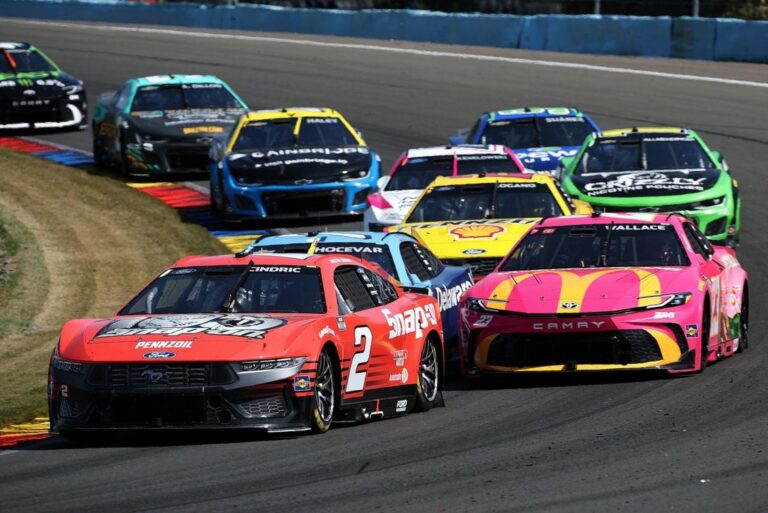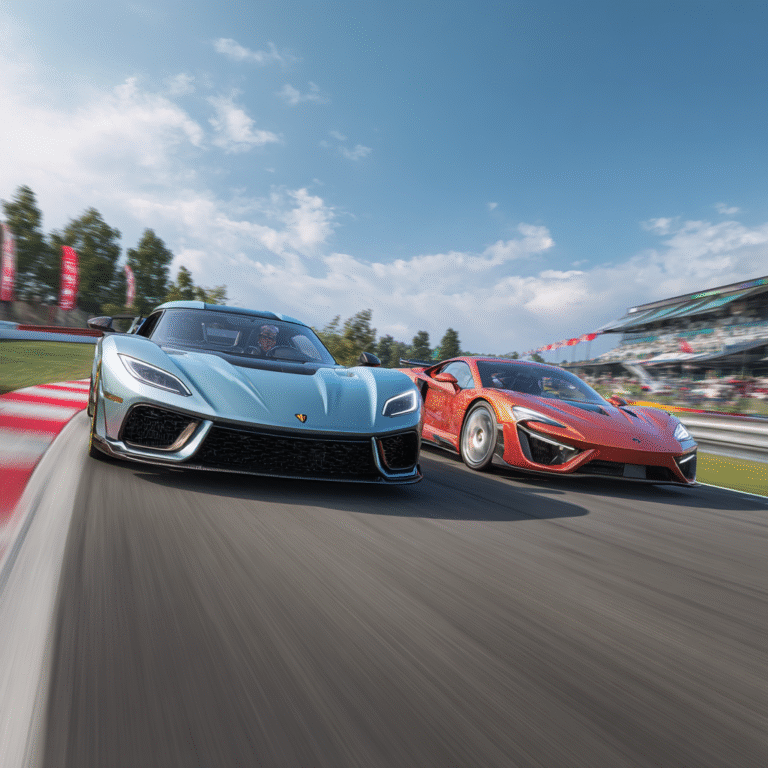NASCAR Hall of Famer and broadcasting icon Dale Earnhardt Jr. has never shied away from offering his candid opinion on the state of the sport. As a driver, team owner, and now a leading voice in NASCAR media, his perspective holds immense weight. His latest criticisms, directed at the sport’s Next Gen car, have ignited a fiery debate within the racing community, pitting a beloved traditionalist against a new era of technological advancement.
A “Sports Car,” Not a “Stock Car”
The core of Dale Jr.’s argument is that the Next Gen car has strayed too far from the traditional “stock car” identity that defined NASCAR for generations. On his popular podcast, “The Dale Jr. Download,” he has repeatedly called the car a “sports car” or an “IMSA car.” This isn’t just a matter of semantics; it’s a fundamental critique of the vehicle’s design and how it affects the on-track product.
Among the specific issues he cites are:
- The Diffuser and Underbody: The Next Gen car features a diffuser and a sealed underbody, which are common in sports cars to generate downforce. Dale Jr. argues this design creates a more intense “dirty air” effect for trailing cars, making it incredibly difficult to pass. This is a significant departure from the old cars, where drivers could use their car control and strategic moves to overcome turbulent air.
- Low-Profile Tires and Fading Brakes: The move to low-profile tires and large, high-performance brakes has also drawn his ire. He feels that the new tires offer so much grip that drivers can’t feel the limit as easily, reducing the need for the kind of subtle car control and tire management that was once a hallmark of the sport. Similarly, the powerful brakes don’t fade, removing a crucial strategic element from races, particularly on short tracks where brake management used to be a key factor in passing.
The Problem with Racing
While the technical specs are at the heart of the matter, Dale Jr.’s ultimate concern is the on-track product. He argues that the Next Gen car simply does not produce the kind of “amazing great racing” that NASCAR is capable of, especially on short tracks and road courses. The frustrations of both fans and drivers have been palpable, with many echoing his sentiment that passing has become a significant challenge.
His stance has put him at odds with others in the industry, including fellow NASCAR veteran Kyle Petty, who has defended the Next Gen car. Petty argues that the car represents a necessary technological leap and that complaining about it is akin to past criticisms of other advancements, like the tubular chassis or radial tires.
However, Dale Jr. has fired back, asserting that while he respects Petty’s opinion, he fundamentally disagrees with the idea that fans and drivers should simply “adjust” to a car that doesn’t deliver the quality of racing they know is possible. He has stated that he “would not stop at trying to achieve” better racing at these types of tracks.
Safety Concerns and Driver Feedback
Beyond the on-track performance, the Next Gen car has also faced significant scrutiny regarding safety. Despite being touted as the safest car in NASCAR history upon its debut, a series of high-profile crashes and driver injuries—including career-ending concussions for Kurt Busch and Alex Bowman—have raised alarm bells. The car’s rigid chassis was found to be poor at absorbing energy in certain impacts, leading to hard hits being transferred directly to the driver.
NASCAR has responded with a series of modifications to improve the car’s safety, including changes to the rear bumper and chassis clips. However, driver complaints have continued, with some, like Denny Hamlin, comparing the fan discontent with the Next Gen car to the widespread dislike of the infamous “Car of Tomorrow” (COT).
The Road Ahead
While Dale Earnhardt Jr. acknowledges that the Next Gen car is here to stay, his criticism serves as a powerful call to action. He believes that NASCAR should not be content with the current product and must continue to evolve the car to prioritize competitive, close-quarters racing. His voice, and the voices of other concerned drivers, are a reminder that while innovation is crucial, it should never come at the expense of the thrilling action that has always been the foundation of the sport.



